Case 04 Dynamically adjust soil moisture for plant growth
Introduction
This course will introduce students to the use and programming of 3V water pumps and relays. Students will use 3V water pumps and relays to adjust soil moisture for plant growth.
Teaching objectives
- Understand the use and programming of 3V water pumps and relays.
Teaching preparation
Before starting teaching, make sure you have prepared the following necessary items:
| Picture | Name |
|---|---|
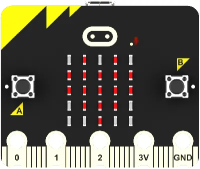 | micro:bit |
 | IOT:bit |
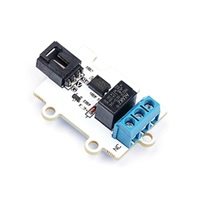 | 3V Relay Module |
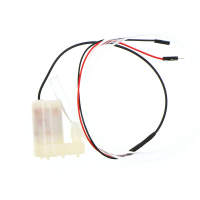 | 3V Vertical Water Pump |
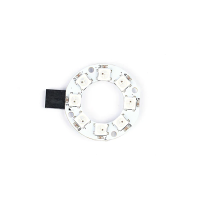 | 8 Rainbow LED Light |
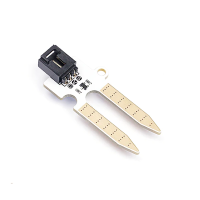 | Octopus Soil Moisture Sensor Brick |
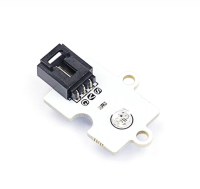 | Octopus Light Sensor |
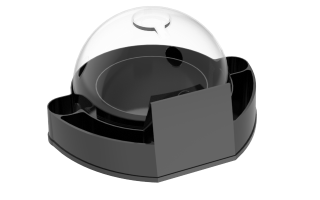 | Greenhouse Model |
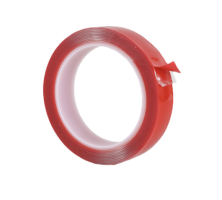 | Double-sided Tape |
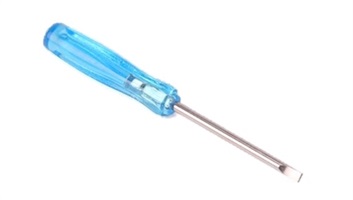 | Flat Screwdriver |
 | PC |
 | USB Cable |
 | 4P male to female Dupont line |
 | 5P female to female Dupont cable |
These items will provide you with a complete experience, ensuring that you can smoothly carry out subsequent operations and learning. If you have prepared the above content, we can proceed to the next step.
Teaching process
Course introduction
In the previous course, we obtained the temperature data and soil moisture data of the plant growth environment and clearly saw the changes in the data through the ThingSpeak platform, as well as adjusted the color and intensity of the light irradiated to the plant according to the light intensity. As the plant grows, the moisture in the soil will change. Manually adding water to the plant is a more troublesome thing. In this class, we will use 3V water pumps and relays to automatically add water to the plants through programming.
Now, let's get started!
Exploration activities
How to control the 3V water pump to add water automatically through programming?
How to use the 3V relay correctly?
Assemble the smart greenhouse
Insert the micro:bit into the IOT:bit expansion board, stick the traceless glue on the back of the IOT:bit expansion board, and fix it to the base of the greenhouse model, as shown below:
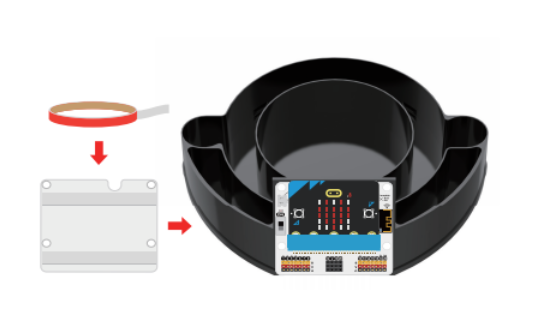
Place the 3V water pump and 3V relay as shown in the figure below:
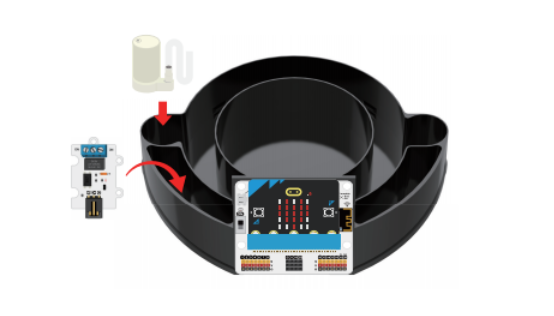
Pour an appropriate amount of soil into the plant growth pool at the greenhouse base and place the seeds, and insert the soil moisture sensor into the soil.
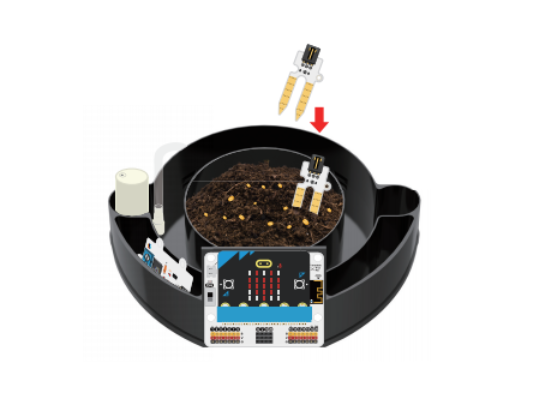
Fix the 8 rainbow light rings to the top of the transparent cover.
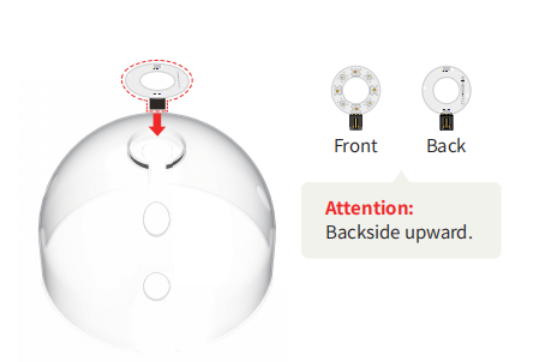
Use traceless glue to stick the light sensor to the top of the transparent cover of the greenhouse model, as shown in the figure below.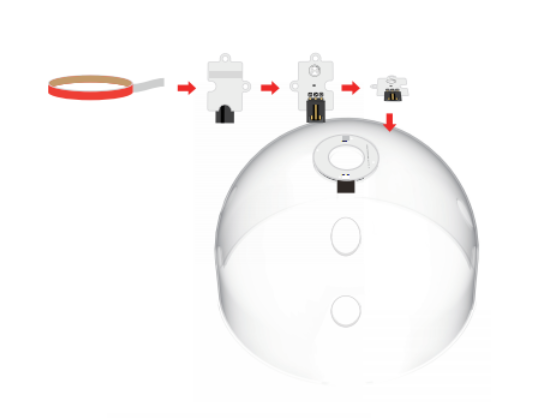
Pass the connection wires of the soil moisture sensor, the connection wires of the 8 rainbow light rings, the connection wires of the light sensor, and the 3V water pump hose through the holes of the transparent outer cover of the greenhouse as shown in the figure below, and then lower it:
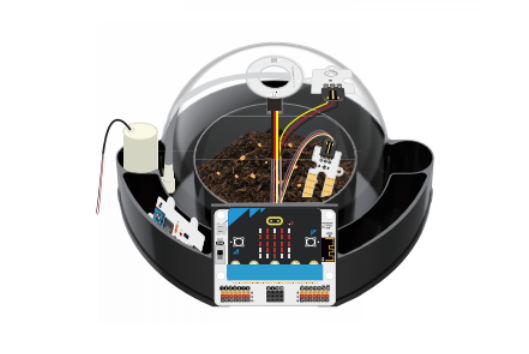
Connect the 3V water pump, 3V relay, soil moisture sensor, light sensor and 8 rainbow LED to the IOT:bit expansion board as shown in the following wiring diagram.
| Components | IOT:bit corresponding pin |
|---|---|
| 8 rainbow LED | P1 |
| soil moisture sensor | P2 |
| light sensor | P3 |
| 3V relay | P9 |

Pour an appropriate amount of water into the water tank at the bottom of the greenhouse.

Connect the power supply to the IOT:bit expansion board using the USB cable, then turn on the power switch.
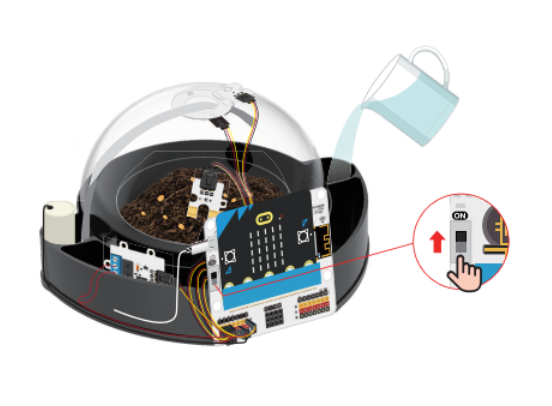
Coding
Add software library
Go to "makecode.microbit.org" and click "New Project".
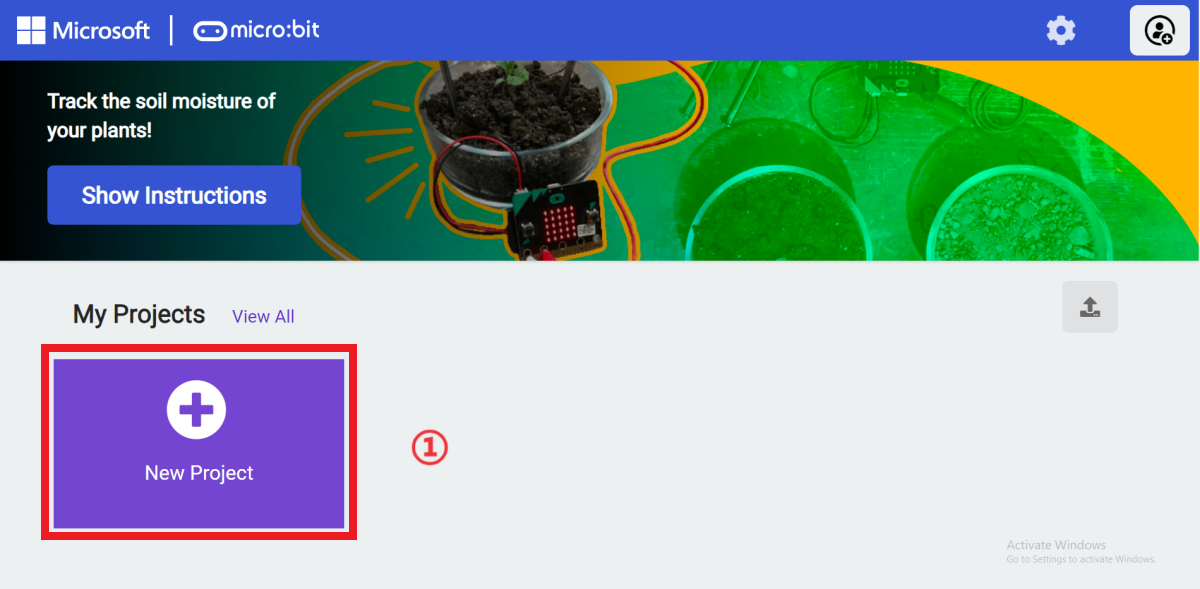
Enter a project name in the pop-up window and click "Create".
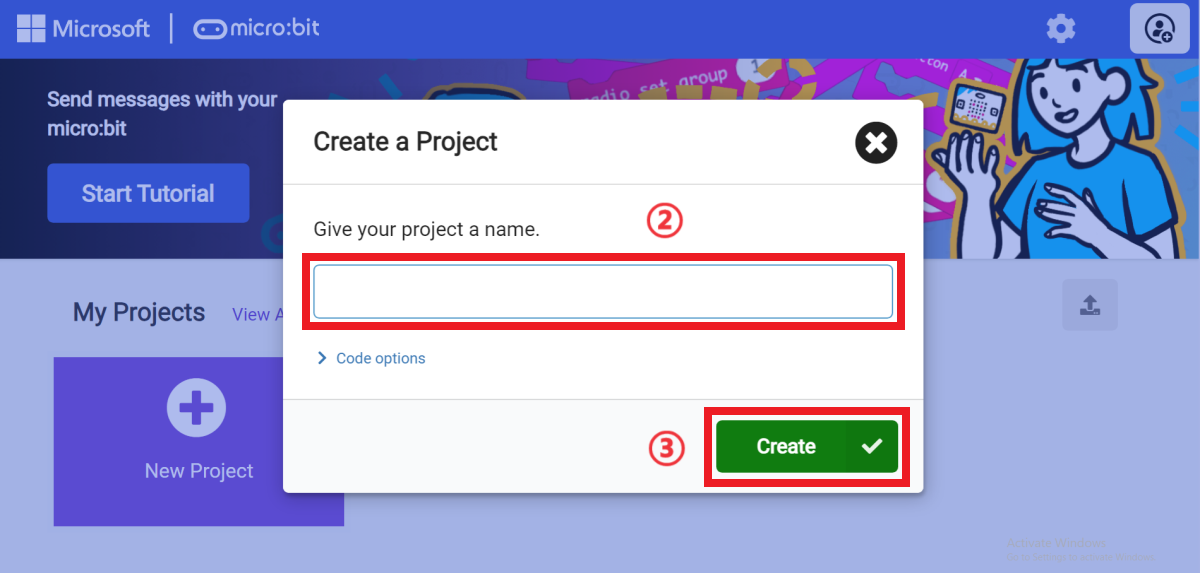
In the opened programming interface, click "Extensions" in the programming block drawer.
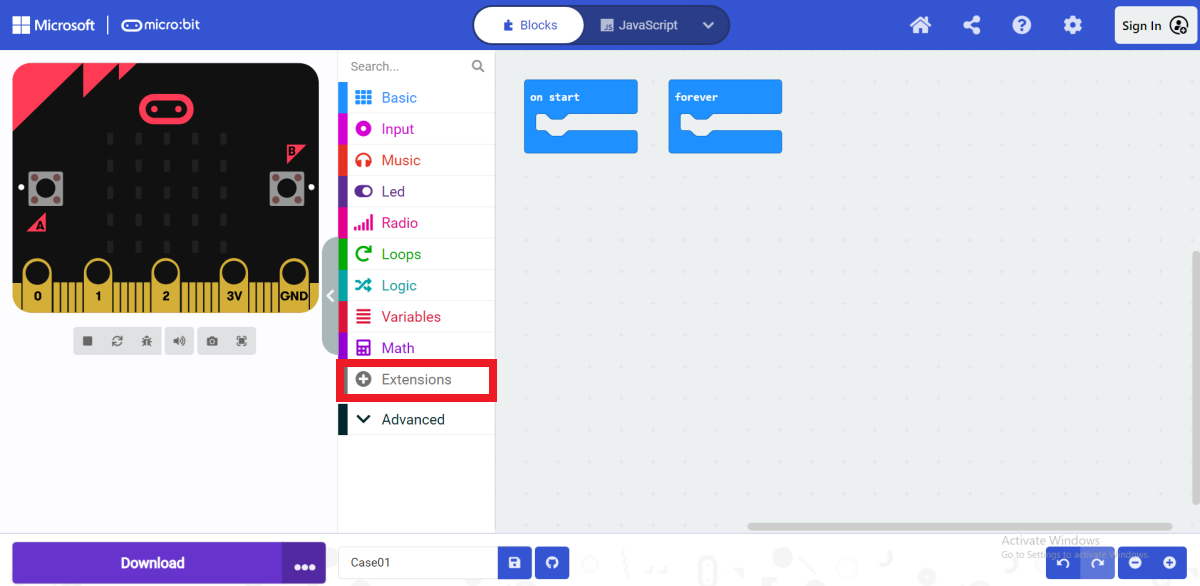
After opening the extension page, enter "iot-environment-kit" in the search bar, click Search, and select the "iot-environment-kit" programming building block library in the search results.

After adding successfully, you can see "ESP8266_IoT, OLED, RTC1307, Octopus" in the programming block drawer column.

Sample Code
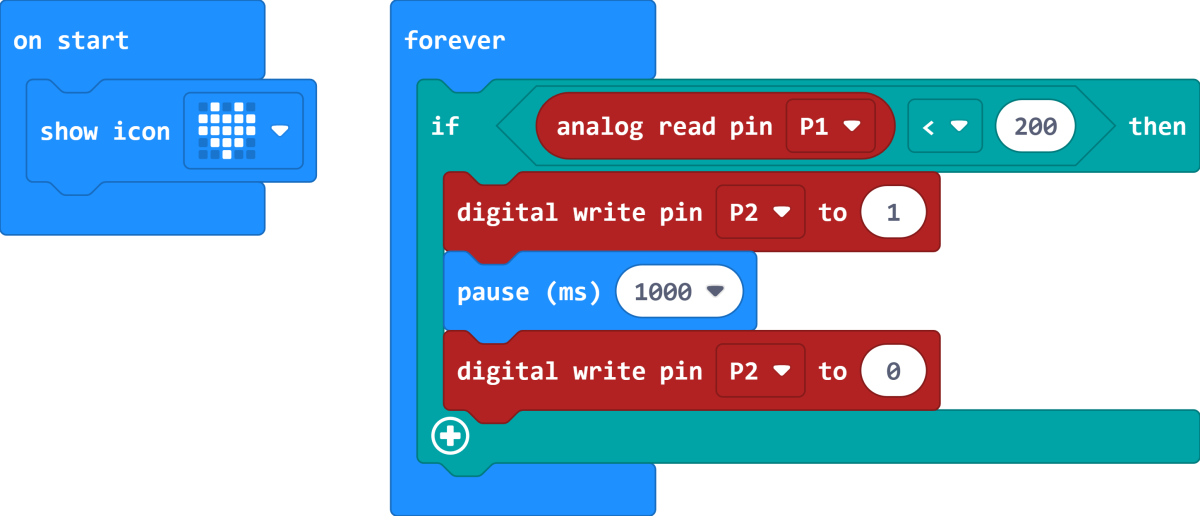
Please refer to the program link: https://makecode.microbit.org/_A1U9fk9tf166.
Download the program
Use a USB data cable to connect the computer and micro:bit V2.

After the connection is successful, a drive letter named MICROBIT will be recognized on the computer.

Click  in the lower left corner and select Connect Device.
in the lower left corner and select Connect Device.

Click 。
。
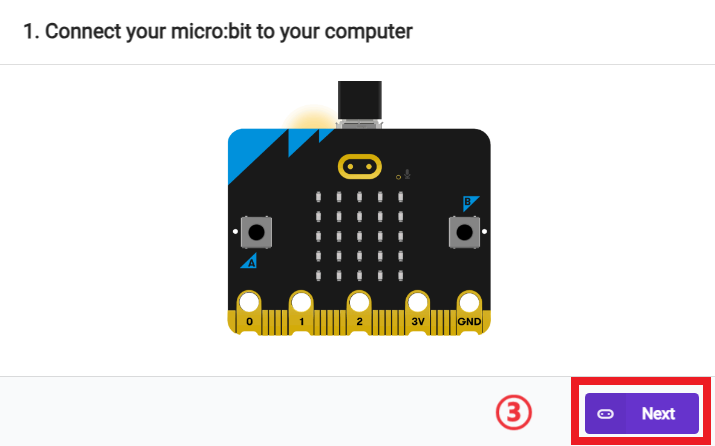
Click 。
。
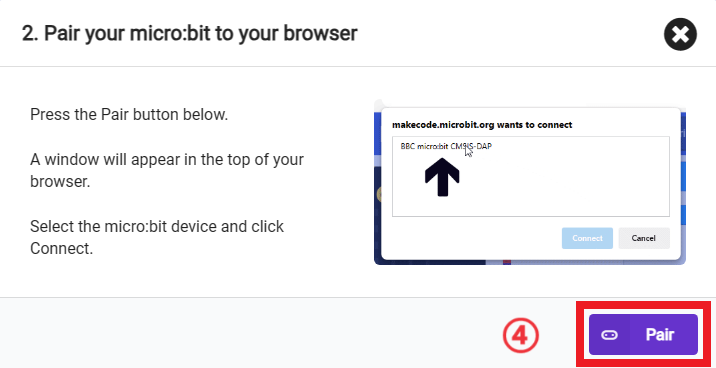
In the pop-up window, select "BBC micro:bit CMSIS-DAP", then select "Connect". At this point, our micro:bit has been successfully connected.

Click Downloader.

Teamwork and Presentation
Students are divided into groups to complete the installation and programming of the smart greenhouse.
Encourage students to cooperate, communicate and share experiences with each other.
Each group has the opportunity to show the smart greenhouse they made to other groups and demonstrate.
Expected effect: When the soil moisture value of the plant growth is less than 200, the water pump starts to pump water and deliver it to the plant growth pool.
(GIF animation)
Summary and reflection
Review the course content and remind students what knowledge and skills they have mastered.
Guide students to discuss the problems and difficulties they encountered during the production process and how to solve these problems.
Guide students to think about the optimization and improvement direction of the program, such as what interesting cases can be made using micro:bit.
Extended knowledge
Working principle of relay: Relay is an electrical control element that uses a small current to control a large current. It consists of two parts, input and output. The input part senses various signals, and the output part can control the on and off of the circuit. The functions of the relay include expanding the control range, amplifying signals, integrating signals, and realizing automatic, remote control and monitoring.